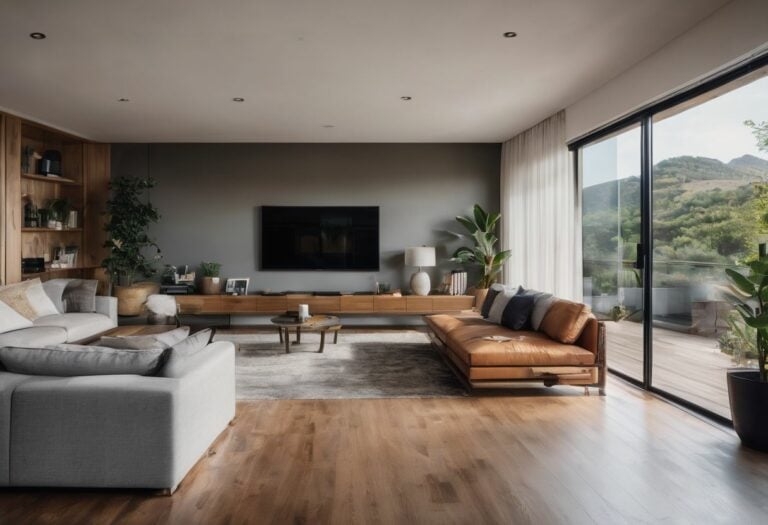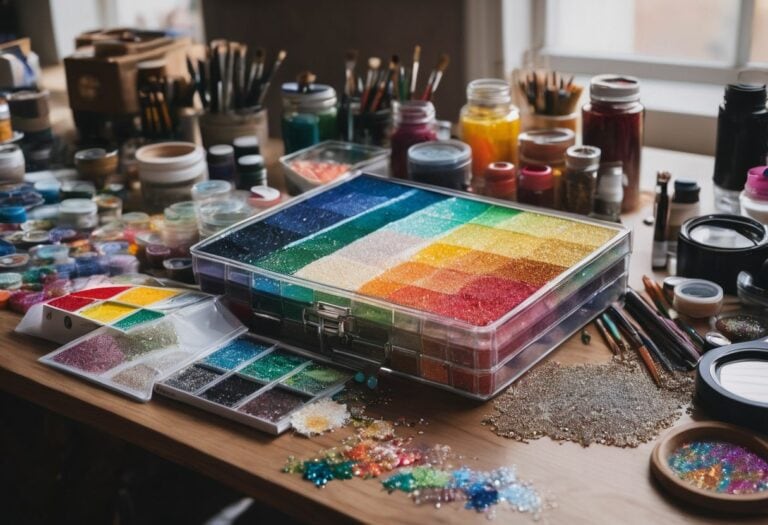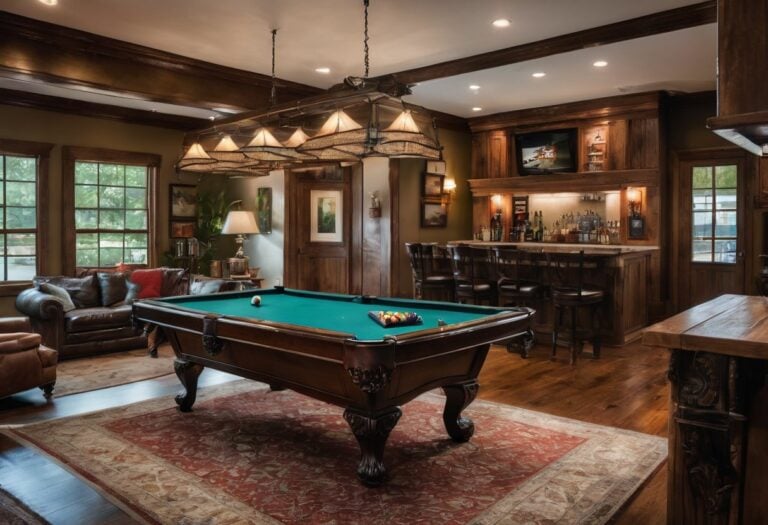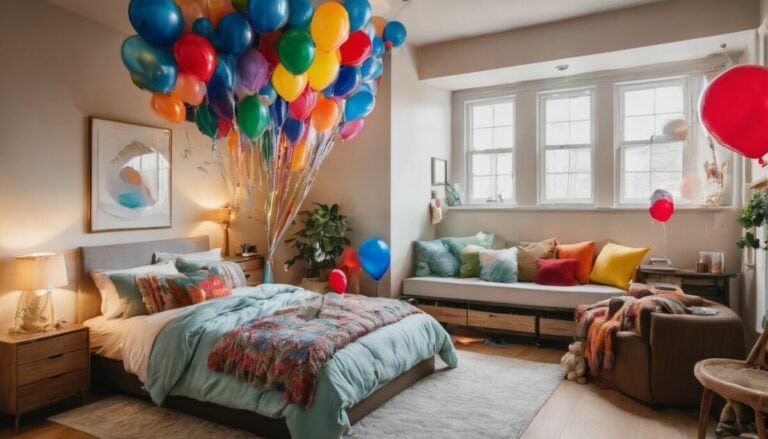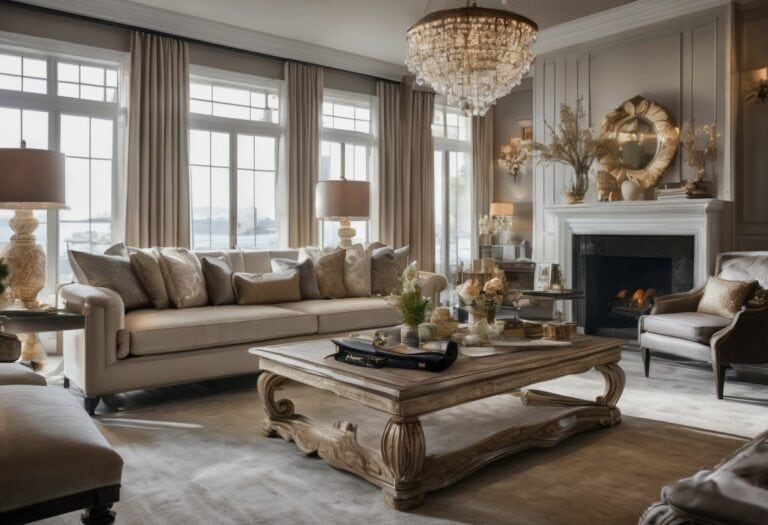Discover Amazing Benefits of Minimalism in Interior Design Today!
If you’ve ever felt overwhelmed by the clutter and chaos of your living space, you’re not alone. Many of us yearn for a home that offers peace and simplicity rather than stress and mess.
This is where minimalist interior design steps in – it’s a style that can transform your home into a serene sanctuary.
Did you know that adopting minimalism in your home can actually lead to less anxiety and increased mental well-being? It’s about more than just aesthetics; it’s a lifestyle change that could positively impact your daily life.
In this blog post, we’ll dive into how the sleek lines and open spaces characteristic of minimalist design can create an environment conducive to comfort and tranquility. Get ready to discover the benefits of minimalism in interior design, and how less really can be more when it comes to crafting the perfect abode!
Defining Minimalist Interior Design

Minimalist interior design keeps things simple and focuses on the idea that “less is more.” Homes with this design have open spaces, lots of natural light, and furniture with clean lines.
Every piece in a minimalist space has a purpose. The goal is to be calm and free of clutter.
This style uses a monochromatic palette to make rooms look bigger and brighter. Colors are often soft and neutral. Decorations are few but chosen carefully to add beauty without filling up the space.
With minimalist interior design, everything looks neat and easy to take care of, leaving more room for you to relax and breathe.
Key Benefits of Minimalism In Interior Design
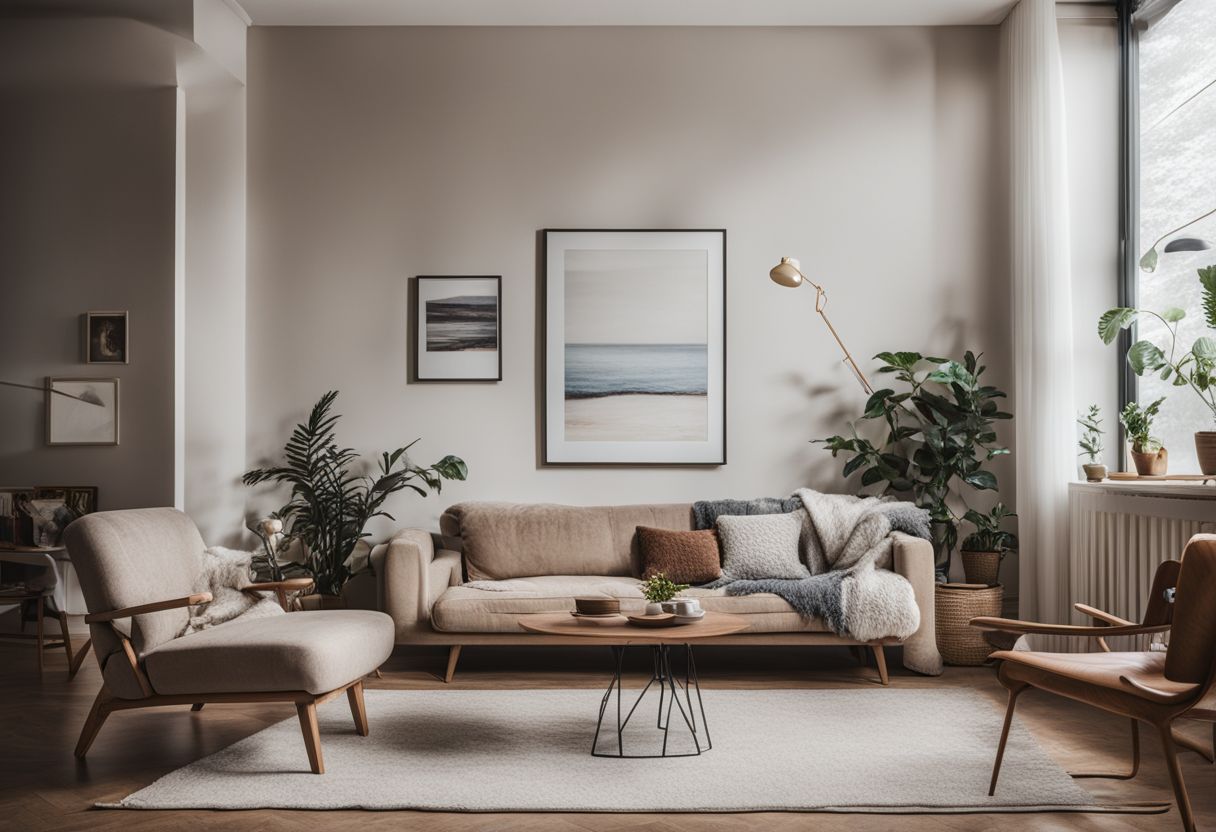
Embracing minimalist design in your home can lead to numerous benefits, including stress reduction and mental clarity, enhanced visual appeal, improved functionality and focus, simplified cleaning and maintenance, cost-effective choices, timeless elegance, and environmental sustainability.
These advantages make minimalism a practical choice for creating a more spacious and comfortable living environment.
Stress Reduction and Mental Clarity
Clearing out clutter and choosing a minimalist design can make your mind feel just as open and calm as your space. Imagine walking into a room where everything has its place, and there’s no mess to stress you out.
This kind of setting helps cut down on anxiety and gives you mental peace. Studies have proven that too much stuff around us can overload our brains, making us feel tense. But with less stuff, our minds get clearer.
A home with fewer things also means less for you to worry about. You’re not always thinking about tidying up or finding lost items in the chaos. A simple, uncluttered space lets you breathe easier and focus better on what’s important in life.
It creates room for creativity and better emotional health because there are fewer distractions taking over your thoughts.
Making the choice for a minimalistic home is good for both your mood and your brain power. Living in a peaceful environment without all the extra things we don’t need helps us think sharper and relax more often.
It brings down negative feelings like stress so we can enjoy our homes — places meant to be safe havens where we recharge.
Enhanced Visual Appeal and Aesthetic
Moving from a clear mind to the eyes, minimalist interior design makes your home look great. It uses simple and clean lines that create a beautiful space. Your living room, dining room, or master bedroom can all have this cool style.
Think about it like artwork: less clutter means you see the beauty better.
Furniture and décor in minimalism are picked for their simple forms and colors. This way, rooms don’t feel crowded and everything looks just right. Designers of such spaces use less so each piece really stands out.
Cabinets might be smooth with no handles or decorations because the focus is on how things look as a whole, not on tiny details. With fewer things around, every chair or table becomes more special – they’re not lost in a sea of stuff!
Improved Functionality and Focus
Minimalist interior design maximizes functionality and fosters heightened focus by eliminating clutter and unnecessary distractions. Streamlined furniture and smart storage solutions optimize space, while clean lines and open floor plans create a sense of tranquility.
This intentional approach enhances the flow of energy within a room, promoting mental clarity and improving overall functionality.
Embracing minimalism in interior design improves focus by creating purposeful spaces that serve specific functions without overwhelming the senses. Multifunctional furniture, such as built-in cabinetry or hidden storage, reduces visual noise and supports an efficient use of space.
Simplified Cleaning and Maintenance
Now let’s talk about how minimalist design makes cleaning and maintenance easier. The “less is more” approach in minimalist interior design means less clutter to clean. Embracing minimalism in the bedroom reduces the need for constant dusting due to having fewer items.
Modern minimalism eliminates the need for trends or excessive details, making it simpler to maintain cleanliness. The simplicity and functionality of minimalist design make maintenance and cleaning more manageable.
Minimalist interior design offers a practical approach to cleaning and organizing spaces. With fewer items, there is less surface area that needs regular cleaning, leading to reduced time spent on household chores like dusting or decluttering.
Economical and Cost-Effective Choices
After simplifying cleaning and maintenance, embracing minimalist design also brings about economical and cost-effective choices. This style focuses on essential elements, which means you won’t have to spend as much on unnecessary decor items or frequent replacements.
By opting for quality over quantity, you can save money in the long run. Moreover, with fewer belongings to maintain and replace, you’ll reduce your overall spending on home décor and furnishings.
Embracing minimalism can lead to potential cost savings in various aspects of home management. With less clutter and a focus on functionality, minimalism encourages smart purchasing decisions that prioritize durability and longevity over frivolous consumption.
Timeless Elegance and Environmental Sustainability
Minimalist design exudes a timeless elegance that is not bound by fleeting trends, offering a classic and enduring appeal to your living space. By embracing minimalist interior design, you contribute to environmental sustainability by choosing sustainable materials, fostering natural lighting, and incorporating biophilic design elements.
This not only creates an aesthetically pleasing atmosphere but also promotes a healthier and more comfortable living environment for all. The simplicity of minimalism transcends time while championing eco-conscious choices.
Comparing Minimalist – Scandinavian Interior Design
Comparing Minimalist and Scandinavian Interior Design
Exploring the differences and similarities between minimalist and Scandinavian interior design reveals distinct characteristics that define each style.
| Aspect | Minimalist Interior Design | Scandinavian Interior Design |
|---|---|---|
| Core Philosophy | Emphasizes extreme simplicity and reduction. | Blends comfort with clean lines and simplicity. |
| Aesthetic | Focuses on monochromatic color schemes and open spaces. | Incorporates a warm and inviting palette with natural textures. |
| Materials | Modern materials such as stainless steel, chrome, and lacquered plastics. | Organic materials like wood, wool, and hemp to create a cozy feel. |
| Functionality | Spartan functionality with a focus on essentials. | Functional yet comfortable spaces designed for daily life. |
| Decorative Elements | Minimal decor to avoid clutter and maintain a clean look. | Decor that provides warmth, often through the use of soft textiles and plants. |
| Warmth and Coziness | May sometimes feel stark due to the reduced decor and color palette. | Emphasizes creating a warm, inviting space through color and material choices. |
| Sustainability | Adopts an approach that often leads to less consumerism and waste. | Utilizes sustainable materials and design practices for eco-friendliness. |
Both styles strive for simplicity and functionality, but their approaches to achieving these goals can be quite different. Delving into the benefits of minimalist design prepares us for the next discussion on Stress Reduction and Mental Clarity.
Conclusion
In conclusion, minimalism in interior design offers numerous benefits that contribute to a more serene and comfortable living space. Embracing minimalist design principles allows for stress reduction, enhanced visual appeal, and improved functionality in your home.
It also leads to simplified cleaning and maintenance, as well as economical and sustainable choices for the environment. By implementing minimalist interior design, homeowners can create an open, clutter-free living space that promotes mental clarity and tranquility while maximizing comfort and spaciousness.
Discover the subtle differences between minimalist and Scandinavian design by exploring our detailed comparison here.
FAQs
1. What is minimalism in interior design?
Minimalism in interior design means making spaces look clean and simple. This includes using fewer things to decorate, choosing sustainable designs, and focusing on creating more room and comfort.
2. How does minimalist architecture make a home better?
Homes with minimalist architecture often feel bigger because they don’t have too much stuff everywhere. This kind of design uses space well so you can move around easily without feeling crowded.
3. Can colors affect how I feel about my minimalist home?
Yes, color psychology tells us that certain colors can change our mood. In minimalistic architecture, using the right colors helps make your home peaceful and relaxing.
4. Should I talk to an interior designer for a minimalist home plan?
Talking to an interior designer is good if you want a beautiful minimalist house. They know about sustainable design and can help pick the best simple styles that fit what you like.


